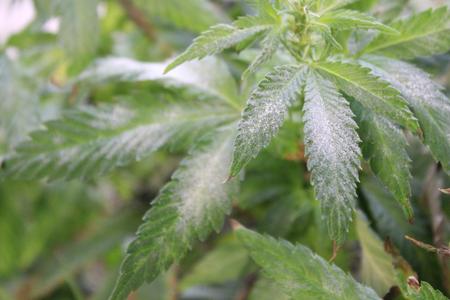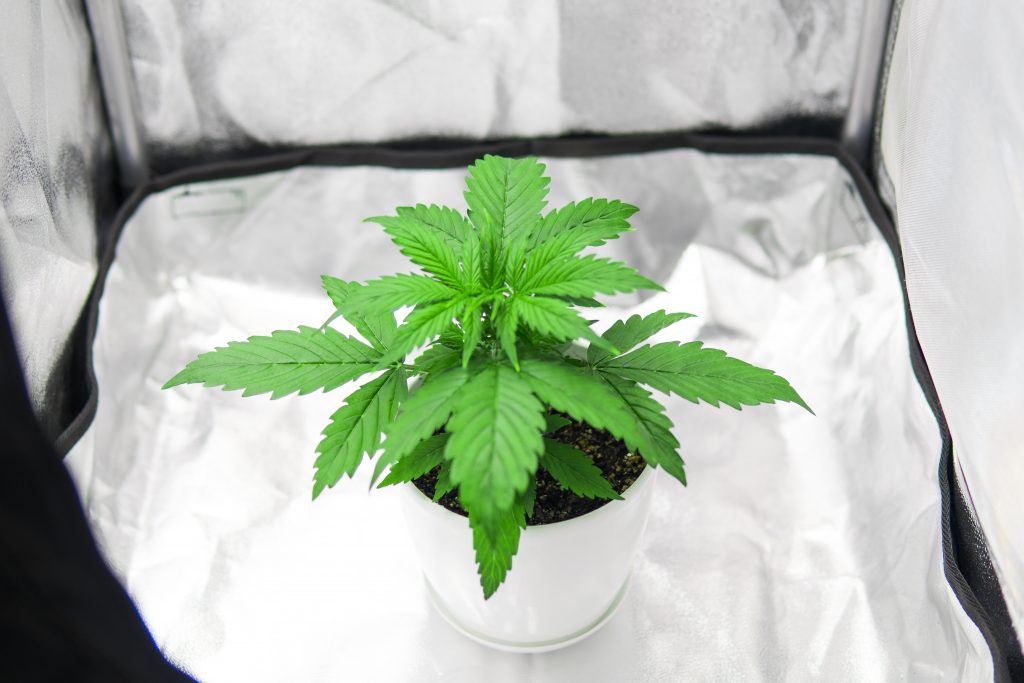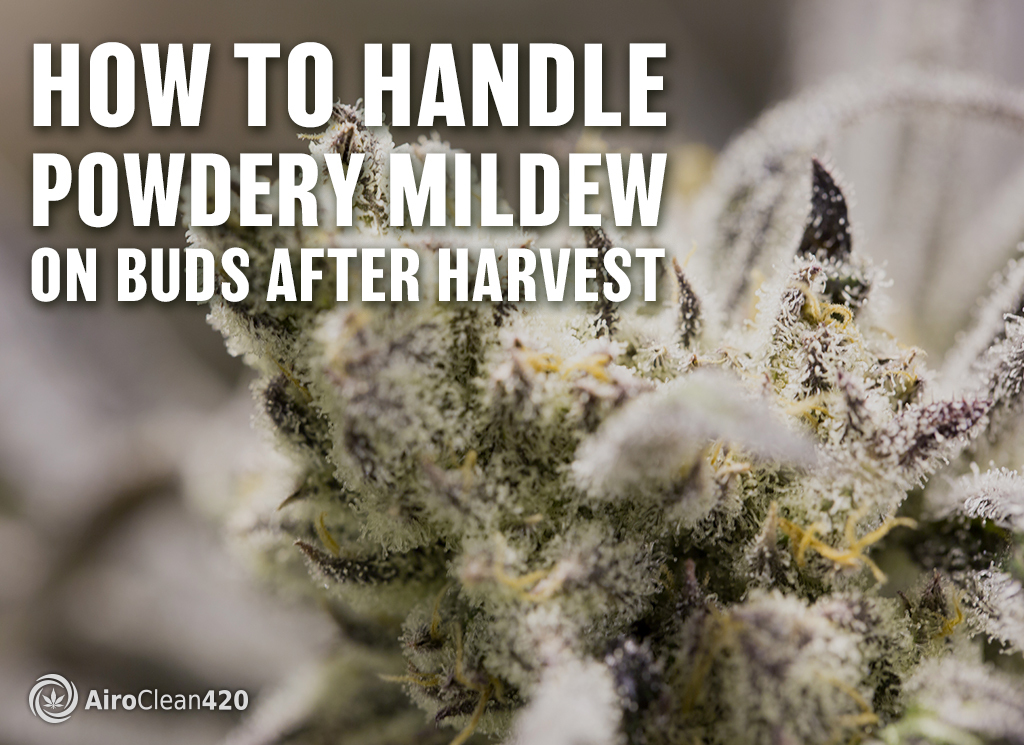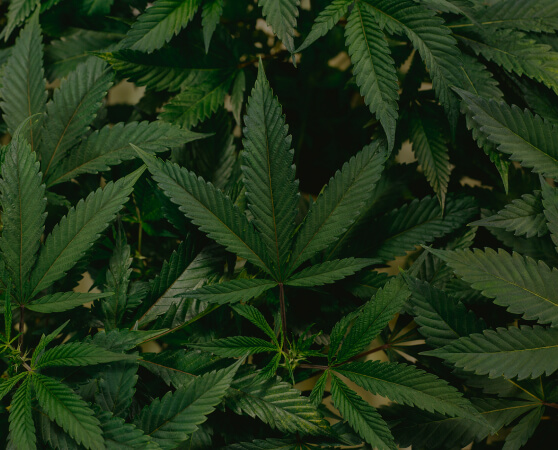
All home growers experience challenges and problems from time to time. And growers of different skill levels inevitably encounter different types of issues. New home growers tend to have their own set of particular issues, as do amateur growers, and even advanced and commercial growers. Even though some new growers do get lucky with no issues for a while, typically many growing obstacles eventually catch up with them.
Challenges, obstacles and problems in the garden are not inherently bad, though. Think of them as opportunities to learn from. Learning is how we grow in knowledge and wisdom. If you value that, you’ll appreciate every learning opportunity you get in your garden. So take it easy on yourself and enjoy growing cannabis and all the lessons therein.
Here are some of the problems that cannabis growers of different skill levels encounter.
Common New Home Grower Challenges and Mistakes
The most common new home grower problems and mistakes have to do with overwatering, heat stress, over fertilizing, as well as fungus gnats, spider mites, thrips, aphids, as well as the infamous plant disease, powdery mildew.
Home growers often put too strong of a grow light in their grow tent and unbeknownst to them, it gets way too hot for cannabis in there. Too much heat will stress cannabis plants, stunt flower growth, and evaporate terpenes in the FLOWER stage. Terpenes are responsible for the smell of cannabis, so evaporated terpenes result in a tremendous loss of smell, with diminished effects too. To avoid heat problems, stay below 80 degrees Fahrenheit in your grow tent or grow room.
Don’t let your plants grow too close up into the grow light either. If your plants are growing into the lights, then you can pull them back and creatively tie them back, or you can supercrop them (pinch the branch and gently bend it over). Sometimes you’ll need a plant stake to help tie them to. Supercropping in VEG and the early FLOWER phase is OK, but it is not recommended for the middle to late FLOWER phase.
Overwatering is widely known as the most common new grower mistake. That’s because it’s true! First time growers, pay attention: you do not need to water daily, or every other day. You also do not need to water if the top 2″ of the topsoil is dry, as that’s a cannabis growing myth. Instead, home growers must learn how to assess a plant’s need for water and water “as needed.”
New growers can thankfully use a soil moisture reader to quickly and reliably assess the soil. Soil moisture readers are inexpensive and can greatly speed up the time it takes you to determine if a plant is ready to be watered. A proper watering is done when the soil is getting almost dry. Not “dry,” but “almost dry.” If the soil is getting almost dry, then you should water. Timing-wise, water your plants shortly after they “wake up” from their dark period. Never water your cannabis plants before they go into their dark time.
Fungus gnats are almost always a clear sign that you’ve overwatered. So when you see fungus gnats, odds are you need to stop watering so much. If you’re lucky, the soil will attract beneficial insects like hypoaspis to kill and feed on the fungus gnat larvae. You can ask your soil grower friends if they have any, because a few scoops of soil can easily get your colonies going. However, you might not know any other soil growers. In which case, you can buy a product called Mosquito Bits and sprinkle the granules into your soil to kill the fungus gnat larvae and stop their life cycle. Have no worries, this practice is in line with the product’s label.
Cannabis pests are a real pest to new home growers. However, by being proactive and using foliar sprays weekly, you should be able to successfully avoid spider mites, thrips, aphids, and the more rare whitefly, scale, and russet mites.
Besides pests, plant diseases are equally, if not more, of a problem. Powdery mildew is the most notorious plant disease that growers have struggled with over the years. Unlike pests, powdery mildew spreads via invisible subatomic spores in the air that fall on leaves and infect them. Except you will not see the infection for about 3 days. By the time you see white powdery mildew on your leaves, there will be additional spots infected all over nearby; you just can’t see them yet. And so the cycle of powdery mildew infestation ramps up.
Where are the powdery mildew spores circulating? The air.
Where are the powdery mildew spores coming from? The air.
What’s the logical thing to do? Clean the air.
For the most aggressive air cleaner, use AiroClean420’s Airo Home Hobby air purifier. Airo Home Hobby air purifiers last several years, so it is an investment that will spare you many lost harvests and years of frustration fighting powdery mildew in your home grow. The ultimate powdery mildew killing device, AiroClean420 has been used in large commercial grows for several years and has been made available to home growers everywhere.
New growers tend to over fertilize, too. If you start with a brand new bag of quality potting soil, don’t add additional fertilizers for at least 30 days. This way, you won’t over fertilize. One other big problem with new growers is that when they see the leaves turning different colors, they incorrectly diagnose a nutrient deficiency and try to add more fertilizer/nutrients. However, typically the problem is from overwatering because when the plant’s roots are being suffocated by such, they are unable to take in and absorb nutrients. Overwatering is almost always the problem, not nutrient deficiencies. To make matters worse, new growers compound the problem of overwatering with over fertilizing. By this time, plants can be extremely stressed and need quite a long time to recover back to full health. Nevertheless, sometimes overwatering puts a death sentence on plants, and your best bet is to throw them out and start over.
Amateur grower problems
Amateur home growers aren’t out of the woods yet. There are still problems to solve, new lights to assess and buy, and different growing styles to tinker with. So if you’re a new grower ready to take your gardening to the next level, then understand there will be challenges.
Amateur growers eventually seek to upgrade from their first grow light and purchase a better grow light. This can actually be a problem for some home growers. Choosing the right upgraded grow light can be a challenge for people who just aren’t versed in lighting science. Things like watts, umol rating, and par are dissected by informed grow light buyers. Plus at this time, many growers are looking for American made grow lights which there aren’t very many of. There are quite a few American assembled grow lights, but just a small few are 100% made in the USA. One 100% American made LED grow light to consider is Spectrum King LED.
Amateurs should spend time studying, reading, and researching grow lights, and seek out recommendations from other home growers they know personally. Grow lights are big business, so look out for fly-by-night grow light companies. Reputable grow light brands like HLG and Foshe are ideal for large grow rooms with climate control. Putting a strong grow light like HLG or Foshe in a grow tent is a mistake because they get too hot, unless you have adequate air conditioning.
Amateur growers still battle against pests and powdery mildew, but most home growers would trade powdery mildew for spider mites. That’s because it’s relatively easier to control bugs than it is to control something like powdery mildew. Think about powdery mildew for a moment. Powdery mildew spreads via subatomic spores in the air that can’t be seen. Then it takes 3 days for a small infestation to become visible to the naked eye. That’s a lot of time for transmission of spores to circulate and spread before you even know you have it.
Amateur growers are likely to pursue automation in their home grow or build a grow room as an upgrade from their grow tent operation. From exploring automatic watering systems, to app-controlled humidity control systems, amateur growers love to tinker in the garden. They also tend to study plant pests, integrated pest management, and things like whether powdery mildew is systemic or not.
Advanced grower problems
Advanced growers are keen problem solvers. Advanced growers are among those who pursue advanced growing techniques, experiment with advanced growing technologies, and even make contributions themselves to the industry.
Advanced growers often breed cannabis plants in an attempt to create something new and famous. There are many ways for breeding cannabis to go wrong, present complications, or even catastrophes. It’s much harder than it sounds, and many obstacles must be overcome to develop a commercially viable cannabis strain like Larry’s Breath or Guava Kush.
Advanced growers also tend to stay current with the changing landscape of IPM (Integrated Pest Management) as insects, plants and pest control products are always evolving. New species of insects and plant diseases are being discovered regularly, so advanced commercial growers more than home growers tend to follow these matters closely. Techniques to prevent and eradicate bad bugs are developed and taught by IPM specialists like Matthew Gates of Zenthenol Consulting. Lastly, advanced growers love to watch the Future Cannabis Podcast for all the latest, greatest news and networking in commercial cannabis cultivation.
Ready to Stop Powdery Mildew?
Fill out a simple form to get pricing for AiroClean420.





